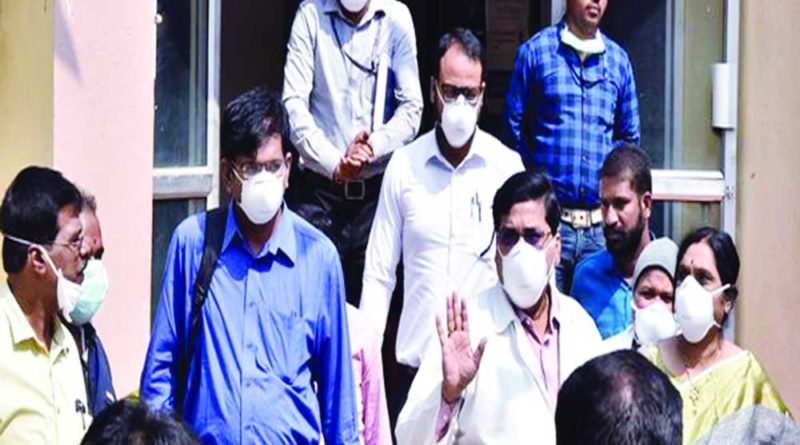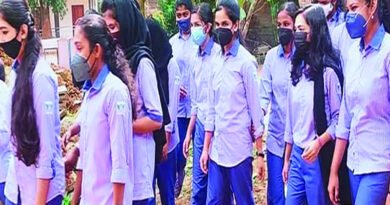The contagion
The Govt must ensure operational readiness and a healthy obedience of protocols if we are to beat the Coronavirus
As the rapidly spreading Covid-19 has hit home with returning travellers picking up the virus in transit or from the countries they visit, India, like China, has a huge challenge in arresting the contagion in densely knitted communities. Except, unlike China, this is an uncharted territory administratively and preventive behaviour requires human conditioning without setting off a panic economy. The first hurdle is the nature of the virus itself, which can be asymptomatic in some cases, lying dormant in the host for up to a fortnight and yet infecting others before s/he can manifest full-blown symptoms. Such carriers could easily make it past the airport thermal screens. Sometimes the carrier may have a relatively mild infection with generic symptoms — most Indians are known to tackle the flu virus comparatively better. This means that many cases have not been counted and estimates could be flawed. Many hosts may be unaware and be in normal circulation. Yet others may be using medicines to lower fever to avoid a 14-18 day quarantine. Which is why the World Health Organisation’s (WHO’s) updated travel advisory said temperature screening alone at ports of exit or entry is not an effective way to stop the international spread of the virus. This is precisely what happened with the parent of a Noida school student, who, on returning, hosted his child’s birthday party, resulting in that school now being sanitised and students in direct contact quarantined. Or the man in Delhi who went to visit his family in Agra or the tourist dining at Delhi’s Hyatt Regency. The second toughest barrier thus happens to be contact tracing through an integrated disease surveillance programme. This involves identifying people that the infected person has come in touch with or within breathing distance, screening, monitoring and isolating them and mitigating the domino effect. China has been pretty aggressive about mitigation procedures but in India, the normal behavioural tendency is denial rather than willful submission. That hiding and blending in can be India’s toughest obstacle in containing the spread. For fear of quarantine may stop many people from voluntary health declarations on arrival or listing details. There needs to be an immediate awareness drive to demystify health status checks as a preventive cure and eliminate fear psychosis. The third weakest link in the chain is our stretched surveillance system and a poor public health infrastructure, which may not allow for aggressive detection and compromise accuracy of data collection. While the Kerala template in tackling the deadly Nipah virus has been cited and adopted, the Coronavirus spread is multifarious and needs a unified protocol. With 15 laboratories under the Indian Council of Medical Research (ICMR) capable of identifying the virus, the Health Ministry is planning to scale that number up to 50.
India must ensure operational readiness and a healthy obedience of protocols. Every basic healthcare unit staff needs to be trained in quarantine drills. There must be enough stock of protective gear, supporting drugs like lopinavir and ritonavir, and space for isolation wards, especially in areas underserved by the health network. The Government has already stopped exports of paracetamol and vitamins. We also need a military-like discipline on public hygiene protocols for the virus can stay on metal, glass and plastic surfaces from two hours to nine days. Spreading trained medical personnel in the event of a massive outbreak could affect critical care in hospitals. As of now, the average Government allopathic doctor to population ratio is 1:10,926. Which is why community surveillance and a first crisis responder system need to be developed. That’s why information dissemination has to keep pace with its absorption at the neighbourhood level. Over and above everything else, we need to keep calm and stop spreading untruths. Yes we have a sizeable older population, who are at the greatest risk and, therefore, we have to be especially vigilant about the chronically ill among them. Also, there must be a mechanism to sort coronavirus from ordinary flu patients as the symptoms are mostly similar. Unnecessary overcrowding can overwhelm the healthcare delivery capacity of both the private and public sectors. Unless we have a targetted approach, those in need of real care might just get left out and more carriers could roam free. The virus is not as fatal as say an ebola but the difference between crisis and containment is a reasoned approach and a reorientation of personal healthcare as we know it.
The Pioneer




